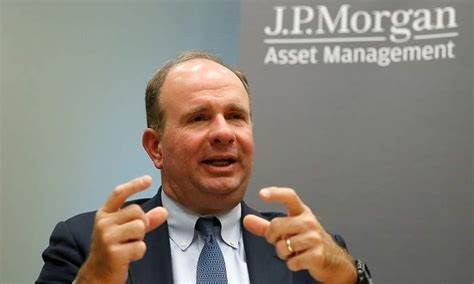Stocks traded flat today following a wild morning session. The S&P jumped above key resistance at 4,300 before plunging below it once more. With the May CPI and June FOMC approaching next week, markets remain somewhat paralyzed.
A touch of optimism graced the S&P at the open, though, lifting it as much as 0.67% higher prior to an 11:00 am EST reversal. The Nasdaq Composite and Dow followed suit, both rising and falling in a similar manner.
Notably, this was the week when the S&P 500 chalked up a 0.4% gain, standing proud on the podium for its fourth straight weekly victory – the longest winning streak since August. The Nasdaq was also basking in the spotlight with about a 0.1% rise, vying for its seventh consecutive one-week surge, marking its most prolonged streak of gains since November 2019. Even the Dow was on track to close 0.4% higher on the week.
Tesla (NASDAQ: TSLA) helped boost broader market sentiment today, as TSLA shares leaped 5% on the back of the news that General Motors (NYSE: GM) would tap into its electric vehicle charging network, sparking a 0.5% uptick in GM’s stock. DocuSign (NASDAQ: DOCU) also found itself in the limelight, its shares rocketing roughly 10% after it defied analysts’ first-quarter predictions on both top and bottom lines. Much like the general market, however, DOCU gave up all of its gains and then some. DOCU shares traded roughly 3.5% lower through noon.
Encouragingly, the recent rally has seen a broader participation, including small-cap equities, bolstering investor confidence.
“It’s the first time in a while where investors seem to be feeling a greater, greater sense of certainty. And we think that’s been a turning point from what had been more of a bearish cautious sentiment,” said AXS Investments CEO Greg Bassuk.
But to JPMorgan’s bond chief, Bob Michele, the market’s renewed optimism may just be the calm before the storm.
“This does remind me an awful lot of that March-to-June period in 2008,” Michele said.
Markets are concerned about banks now much like they were in March 2008, back when JPMorgan purchased failed bank Bear Stearns. The bank similarly just bought First Republic last month.
“The markets viewed it as, there was a crisis, there was a policy response and the crisis is solved,” Michele remarked. “Then you had a steady three-month rally in equity markets.”
He noted that, on average, recessions hit in the 13th month following the last rate hike of a Fed hiking cycle. In the gap between that final hike and the eventual recession, “you’re not in a recession; it looks like a soft landing” because the economy tends to keep on growing for a few more quarters, Michele added.
“But it would be a miracle if this ended without recession,” he concluded.
It should be noted that there’s perhaps no better time to be a bull than during a recession when the Fed starts slashing rates. Conversely, the nebulous period in which analysts believe a soft landing is still achievable often works out very well for bears. That was obviously the case in 2008 as the Global Financial Crisis crashed markets around the world.
Will a similar crisis evolve this time around? Michele says regional banks remain a significant risk.
“I don’t think it’s been fully solved yet; I think it’s been stabilized by government support,” he said.
Echoing what we warned about several months ago, Michele is also concerned about commercial real estate, noting that downtown office space in many major cities is “almost a wasteland” of unrented buildings. REITs and regional banks stand to get whacked if borrowers walk away from their commercial real estate loans.
That could cause history to repeat itself, with real estate once again being the trigger of a much larger problem for markets at a time when bullishness is at a yearly high.







